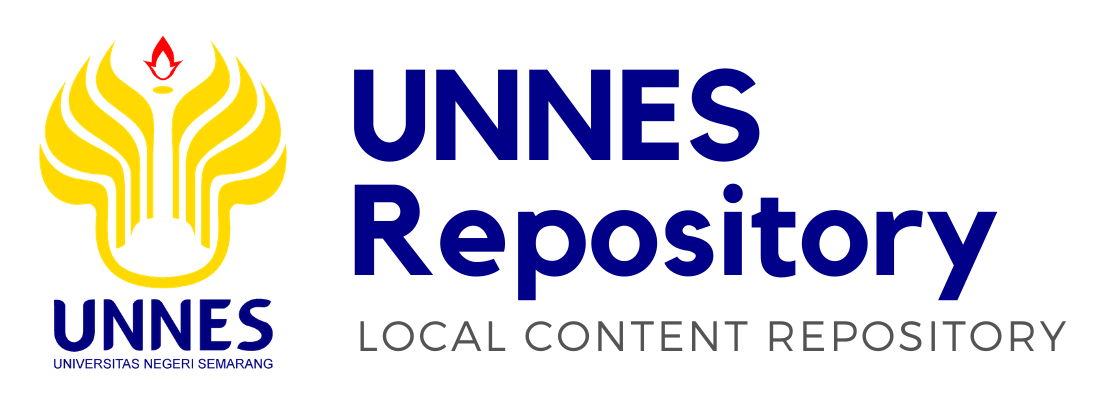Molecular Docking Bioactive Compound of Rambutan Peel (Nephelium lappaceum L) and NF-Κb in the Context of Cigarette Smoke-Induced Inflammation
Lisdiana, - and Talitha Widiatningrum, - Molecular Docking Bioactive Compound of Rambutan Peel (Nephelium lappaceum L) and NF-Κb in the Context of Cigarette Smoke-Induced Inflammation. Tropical Journal of Natural Product Research, 6 (10). ISSN 2616-0684
|
PDF (Artikel)
Download (412kB) |
|
|
PDF (Turnitin)
Download (2MB) |
|
|
PDF (SK dan Laporan Penelitan 2019)
Download (2MB) |
|
|
PDF (SK dan Laporan Penelitian 2020)
Download (1MB) |
|
|
PDF (SK dan Laporan Penelitian 2021)
Download (1MB) |
Abstract
Cigarette smoke (CS) is the main activator of highly reactive form of oxygen known as ROS. Increased levels of ROS by cigarette smoke are involved in initiating the inflammatory response of the lungs by triggering the transcription factor NF-κB which causes an increase in the expression of pro-inflammatory cytokines thus initiating chronic obstructive pulmonary disease (COPD). Major phenolic contents of rambutan peel are geraniin, corilagin, ellagic acid and gallic acid which are reported to have significant potential as antioxidants and antiinflammatories. Currently, in silico drug development has been widely assessed due to the expeditious verdicts. Thus, the study aimed to predict the possibility of geraniin, corilagin, ellagic acid and gallic acid compounds contained in rambutan peel as anti-inflammatory candidates caused by CS with the target binding of NF-κB. Docking simulations were performed by using PyRx 0.8. Data from software and web devices were analyzed descriptively and compared with SC-236 as a control. The docking results showed that all ligands were shown to have binding affinity. Geraniin was a compound with the lowest affinity binding value (-8.6 kcal/ mol). Corilagin had the same binding affinity value as the SC-236 control (-7.8 kcal/mol). Then the ellagic acid and gallic acid compounds had a higher binding affinity value than successive controls (-6.9 kcal / mol) and (-5.9 kcal / mol). The overall results showed that corilagin and geraniin compounds were the most suggested anti-inflammatory candidates of rambutan peel for the prevention of chronic inflammation due to CS by inhibiting NF-kB role.
| Item Type: | Article |
|---|---|
| Subjects: | UNSPECIFIED |
| Fakultas: | UNSPECIFIED |
| Depositing User: | iwan kepeg unnes |
| Date Deposited: | 11 May 2023 02:56 |
| Last Modified: | 20 Jun 2023 00:18 |
| URI: | http://lib.unnes.ac.id/id/eprint/58260 |
Actions (login required)
 |
View Item |
